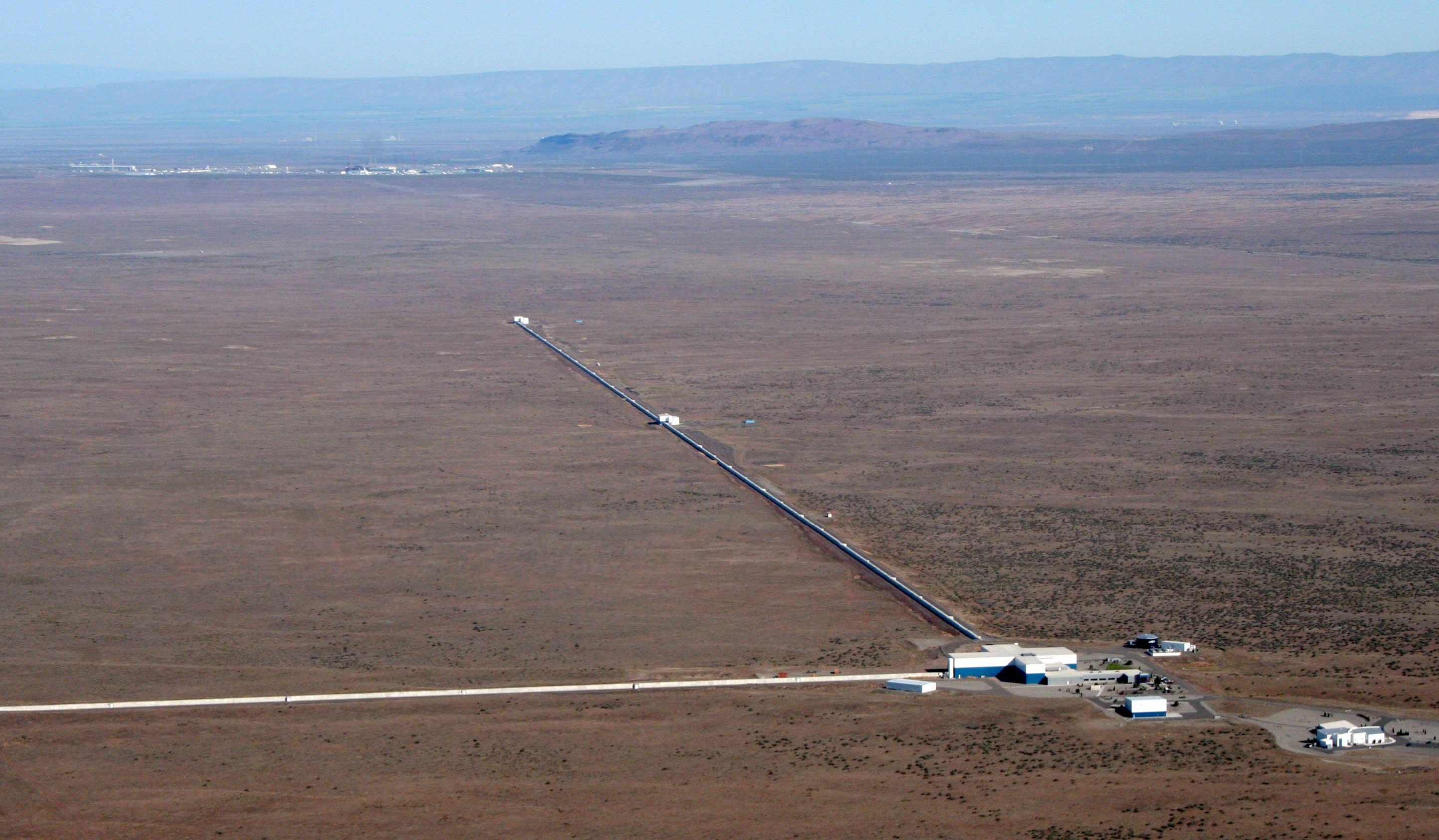On February 11, 2016, in front of a world wide audience, scientific history was made. Scientists from around the world announced that gravitational waves had been detected using twin LIGO detectors located in Washington and Louisiana. LIGO, which stands for the Laser Interferometer Gravitational–wave Observatory, is a collaborative experiment involving scientists from some of the leading research institutions in the world.

LIGO is an exciting and highly complex experiment. It is a modern version of the classic Michelson interferometer experiment that was originally performed in the 1881, repeated by Michelson and Morley in 1887, and repeated again by Miller in 1933. The experiment works by examining the behavior of light as it moves back and forth between mirrors mounted on the device.
The early interferometer experiments, which could be conducted by one or two researchers using equipment common to that era, appear easy when compared to LIGO. LIGO relies on lasers and computers, and is controlled by a virtual army of scientists, engineers, mathematicians, and technicians. While the technology behind LIGO is quite complex, the basic idea behind its operation is easy to explain.
Imagine a water balloon, where its width is a specific length. Now, imagine that your hand is the gravitational wave. When you jiggle your hand a little up and down, the water balloon jiggles: its diameter gets bigger, smaller, bigger, smaller, and so on. These jiggles, called oscillations, can be measured. This is essentially what this experiment does – it measures jiggles by measuring the change in the length between the mirrors. No, it’s not likely that the Earth is actually jiggling in this observation; something else is. In any aether based model, what is jiggling is the electromagnetic aether. In relativity, it is one of Einstein’s concepts called space–time. This jiggling, or strain, has a pattern and is what they measured and graphed:
What makes the experiment so exciting is that the LIGO researchers believe they have detected gravitational waves. If true, this would be extremely exciting because it could support Einstein’s theory. There’s only one big problem with this conclusion: Einstein’s theory is completely wrong. So, if there is no possible way their experiment could confirm Einstein’s experiment, what did they detect?
There are two possible answers: First, they detected something that affects the electromagnetic aether. As discussed in chapters 1 and 7 of DISRUPTIVE, the Michelson and Morley experiment was incorrectly analyzed leading to the incorrect dismissal of the electromagnetic aether. When analyzed properly their experiment was a success, which means it supports an aether. While an aether–based explanation is not possible under Einstein’s relativity, it is with Modern Mechanics. So, one possibility is that they detected something that travels at the speed of light through an electromagnetic aether. Of the two possibilities, this is the most likely explanation of their observation.
Second, they could have an unknown defect in their device. This is not mere speculation, but is something that they actively addressed and is discussed in at least one of their papers. LIGO is extremely complicated and relies on very precise hardware that is interacting with software to work properly. But this complexity means that very difficult to detect defects might be present. If the problem is intermittent or infrequent, it could be very hard to reproduce, locate, analyze, and fix. This does not mean that the researchers and engineers are sloppy. On the contrary. It just means that their device is complex and it is unlikely that any one person can know everything there is to know about hardware, software, physics, mathematics, optics, and every other technology required in LIGO. So we must acknowledge it as a possibility, even if a remote one.
LIGO raises more questions than it answers. Blogger Shannon Sims asks several questions, of which the one I find most interesting is the question of repeatability. Without a repeat measurement, it is more likely that the LIGO detection was an anomaly. A second detection would dispel this idea. It would also help to establish a basis for frequency analysis, which could be used to assess other possible reasons for the observation. For example, if a second detection occurs on September 14, 2016 – exactly one year after their first detection – then we would need to rule out a problem in the hardware or software associated with that date, September 14, before we could determine whether we had obtained a confirmation observation. We won’t know for sure without more information.
Even if LIGO is found to be technically sound, a conclusion that it supports one and only one theory is not scientific. When you only look at one theory you run the risk of introducing confirmation bias. This unconscious bias can prevent the investigation of other viable options. Remember, we always have to guard against believing that any single experiment can “prove” a theory. Experiments can support a theory or negate a theory, but can never prove that a single theory is the only explanation.
LIGO is very interesting and will keep scientists and researchers engaged for years, if not decades. The only thing we know for sure is that it does not confirm Einstein’s theory. It would be interesting to hear how the LIGO researchers might explain the experiment in terms of an electromagnetic aether.
—–
DISRUPTIVE is available now at Amazon.com, BarnesAndNoble.com, and other booksellers!
To read a preview of DISRUPTIVE or learn more about Steven and this exciting new book, please visit www.StevenBBryant.com or www.Facebook.com/StevenBryantAuthor.
Images courtesy of CalTech Media Assets


